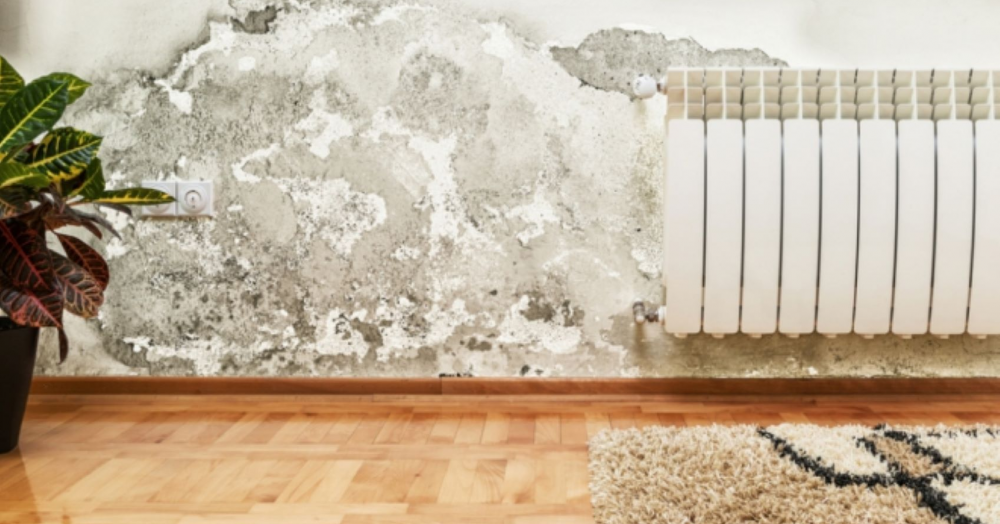New research from Yes Homebuyers reveals the biggest homebuyer turnoffs, from subsidence to nuisance neighbours, and the financial consequence they can have on the value of a home.
Yes Homebuyers identified the biggest homebuyer turnoffs and calculated what impact each can have on the value of a property, and in a list of 15 problem areas, nothing is considered more of a deterrent than subsidence.
Subsidence refers to situations when the ground beneath a property is sinking, pulling the foundations of the home down with it and it’s estimated that it can reduce the value of a home by an average of 20%. For the average home which, in the UK, is currently valued at £254,624, this 20% loss equates to £51,000.
Second on the list is Japanese Knotweed, a destructive plant that can grow up to 10cm in a single day. It can cause severe damage to the structural integrity of a property and thus reduces the value of a home by 15% - a drop of just over £38,000.
If a property is suffering from poor upkeep or the garden has been allowed to overgrow it could reduce the value of a home by as much as 14% on average, or £36,000.
If new power lines, mobile phone towers, or wind turbines are planned nearby to your property, especially if visible from the house itself, buyers are going to be far less inclined to pay top price for your home. Typically, such a scenario can see an average of 13%, or £33,000, wiped off in value.
Both nuisance neighbours and flood risks or water damage can reduce a property’s value by 10%, equal to just under £25,500; lack of convenient parking can reduce value by 7.1%, or £18,000; and unlucky house number, such as 13, can, believe it or not, reduce the value of a home by 6%, just north of £15,000.
Structural issues (-£13,500), local power stations (-£12,700), damage or odours left by pets in the home (-£10,200), cluttered rooms (-£10,200), damp and mould (-£2,500), asbestos (-£2,500), and woodworm (-£1,300) can also have a negative impact on the value of your home.
Matthew Cooper, founder and managing director of Yes Homebuyers, commented: “Many of these buyer turnoffs can be easily and cheaply fixed, a process which should be well worth the effort and money thanks to the value they will restore to your home. Some of them, however, can be very expensive indeed. Severe damp issues and subsidence, for example, could cost as much to rectify as the value they restore. Furthermore, they can take an awfully long time to fix.
“In such instances, it might be worth considering selling your home at a reduced price rather than undertake the task yourself. Of course, you might struggle to find a buyer, as a result, but in most cases, a bonafide quick buy platform should take your property off your hands. Leaving you stress-free and able to focus on your onward purchase.”

